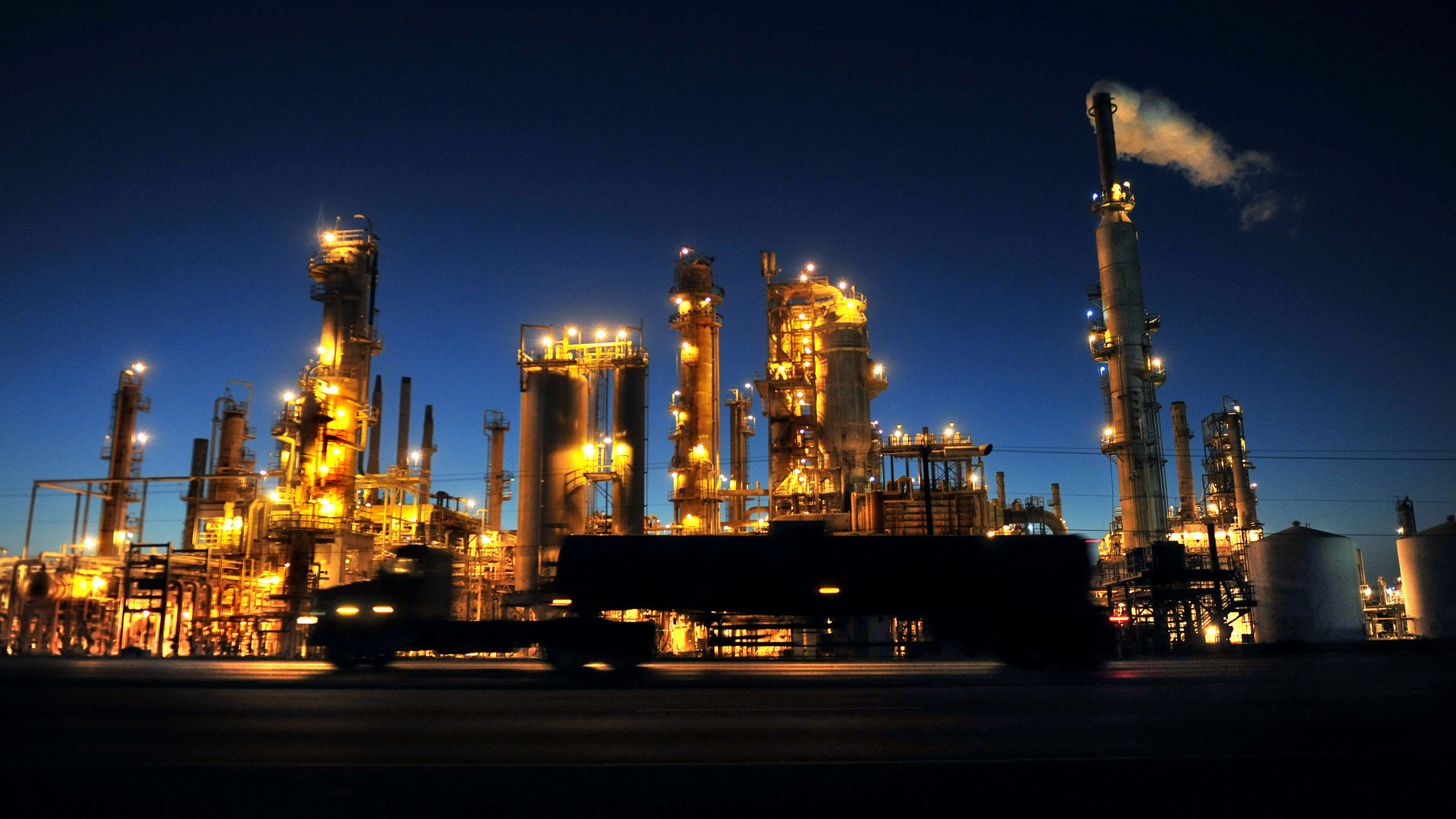Canada’s oil sector is scrambling to increase production as the U.S. bans imports from Russia. Had the Keystone XL pipeline not been cancelled, more oil from Canada would likely already be on the way, says a leading oil analyst.
“We are expecting some growth from Canada, but for a meaningful difference, it’s tough, because you need big oil sands expansion projects,” says Phil Skolnick, Canadian oil analyst with New York-based Eight Capital.
“The shame of it all is if Keystone XL had been online as originally planned, you would have probably had some… The U.S. is now going to Venezuela and trying to befriend them, and they’re hoping that there’s a deal to be made with Iran. It’s very scary.”
While years of policies discouraging growth will make it difficult for Canada to make a big difference in the short term, in the long term the U.S. should look north, he says.
U.S. lawmakers are pushing to resurrect Keystone XL as the country bans energy imports from Russia.
Last year the U.S. purchased an average 672,000 barrels per day of oil and petroleum products from Russia, according to the U.S. Energy Information Administration.
Keystone XL, which President Biden cancelled on his first day in office, would have transported 830,000 barrels per day from western Canada to the U.S. Gulf Coast.
There is an estimated about 200,000 barrels per day of spare export capacity out of Alberta through the new Line 3 pipeline replacement project and crude by rail terminals.
While U.S. oil producers can increase production to help fill the void, major refining centers are better suited to process Canadian oil, Skolnick says.
“The best scenario for the U.S., at least for PADD II [Midwest refineries] and PADD III [Gulf Coast refineries], is to get Canadian heavy oil, because that’s what those refineries are largely geared towards,” he says.
“Ramping up U.S. production means ramping up light and ultra-light oil, and that has to go somewhere outside of the U.S., for the most part.”
Oil sands producers have regulatory approval to proceed with more than 2.5 million barrels per day of new production capacity, according to Daily Oil Bulletin records. But to go ahead, they need financing, engineering and design, steel, equipment, labour, new export takeaway capacity, and time.
In “a perfect world,” Skolnick says a typical oil sands SAGD (or drilling) project takes about three years. A new oil sands mine, about five years.
Suncor Energy CEO Mark Little told the CERAWeek energy conference in Houston on Tuesday that he expects Canada will increase production by a few hundred thousand barrels this year, Reuters reported.
He said that every producer is trying to find ways to boost output.
The unaltered reproduction of this content is free of charge with attribution to Canadian Energy Centre Ltd.
